
Loss of Intertidal Ecosystem Exposes Coastal Communities
The study used machine-learning to analyze more than 700,000 Landsat images to map changing global distribution of intertidal areas over a 30-year period.

The study used machine-learning to analyze more than 700,000 Landsat images to map changing global distribution of intertidal areas over a 30-year period.
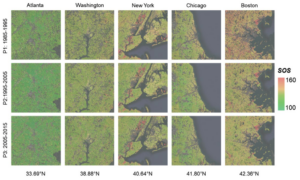
New insights on how vegetation phenology in urban and surrounding areas respond to urbanization.
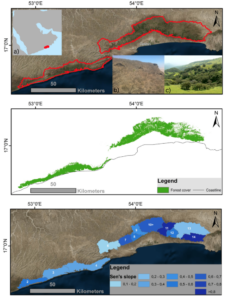
Learn more about this rather unusual seasonal and semi-arid cloud forest.

Scientists are now able to determine what penguins are eating from space.

This research identified the Delmarva as an area of significant salt marsh loss over the last three decades.

There is evidence of oyster reefs driving estuary-scale detention of freshwater in the Suwannee Sound.
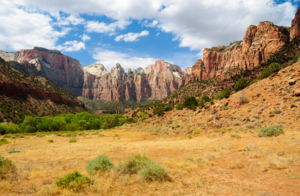
Across the Great Basin from 1984-2016, shrub and grass vegetation are declining.
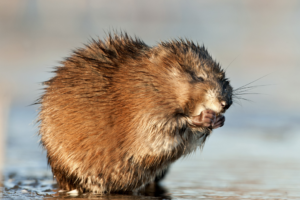
Stanford research shows the drying trend in Canada’s Peace-Athabasca Delta is linked to the long-term decline in populations of the semi-aquatic muskrat.
The patterns of large-scale tropical deforestation endure across landscapes, even after more than a half-century of tropical rainforest expansion and growth.

A Landsat 8 image of the Suwannee River meeting the Gulf of Mexico took first place in this year’s Envisioning Science image competition held by NC State.
A mapmaking app that can fast-track large-scale ecosystem analysis from months to minutes.
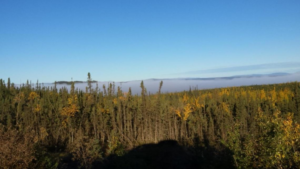
This is the first study to document more than three decades of land and water changes across Alaska.
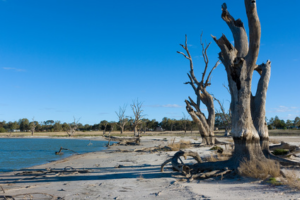
Using a quarter century of Landsat data, geospatial researchers have mapped and modeled how vegetation responds to water availability across the entire Murray-Darling Basin.
Last spring, NASA researchers flew over the Everglades and Puerto Rico to measure how mangroves and rainforests grow and evolve over time, then hurricanes Irma and Maria struck.
NASA satellites are helping Wisconsin develop a clearer picture of its diverse and abundant fauna.
Kelp forests are beautiful but fragile habitats for a wide array of plant and animal species.
The area of mangrove wetlands around the world has been declining over recent decades.
Learn more about the huge citizen science kelp mapping endeavor called Floating Forests.
A method for mapping coral reefs or other benthic habitats over time.
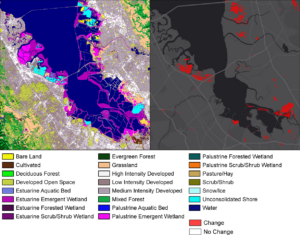
Ways to better estimate the greenhouse gas contributions of wetlands.
Quantifying the impact of historic land-use and hydroclimatic variability on landscape connectivity dynamics across Australia’s breadbasket.
This study examined Landsat satellite data from the past 30 years to track broad land cover change in the Chobe district of Northern Botswana.
High levels of residential abandonment and unchecked vegetation growth in low-income neighborhoods are strong indicators of mosquito prevalence. Higher income neighborhoods are also susceptible to mosquito-borne disease due to the presence of irrigated vegetation, which creates mosquito-friendly habitat.
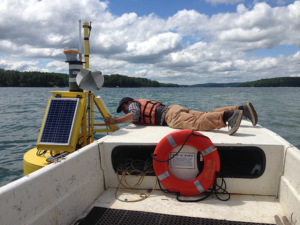
In the first study of its kind, researchers from the University of Maine have demonstrated that Landsat 8 satellite data can be used to find locations where oysters farms should thrive.
Burned Area Emergency Response teams—one of most important parts of wildfires that you’ve probably never heard of.
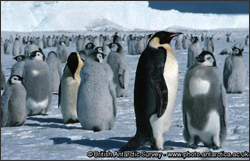
MAPPPD is the first free, open-access Antarctic decision support system that integrates remotely sensed inputs, such as Landsat 7 images and MODIS sea ice data, to provide an assessment of Adélie and other penguin species across the frozen continent.
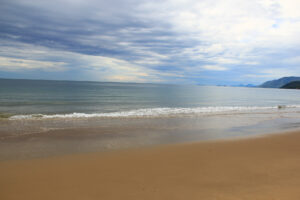
Using 28 years of Landsat data, an Australian research team has created a continent-wide intertidal zone extent map for the whole of the Australian coast.
Drought and reduced seasonal flooding of wetlands and farm fields threaten a globally important stopover site for tens of thousands of migratory shorebirds in California’s Sacramento Valley, a new Duke University-led study shows.
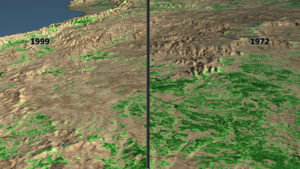
Approximately 345,000 or fewer chimpanzees remain in the wild, according to the International Union for the Conservation of Nature, a substantial decline from the more than two million that existed a hundred years ago.
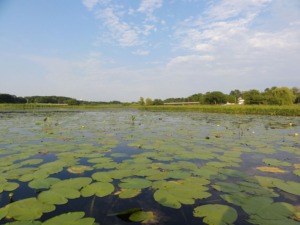
Documenting and protecting wetlands has become crucial to the eight states and two Canadian provinces thronging the Great Lakes.
The hardwood swamp along the Apalachicola River is slowly replaced by bottomland hardwood forest.
A near real-time water resources tracking and decision-support system for the Central Valley of California.
From the Arctic to the Mojave Desert, terrestrial and marine habitats are quickly changing. Satellites are particularly well-suited to observe habitat transformation and help scientists forecast what animals might do next.